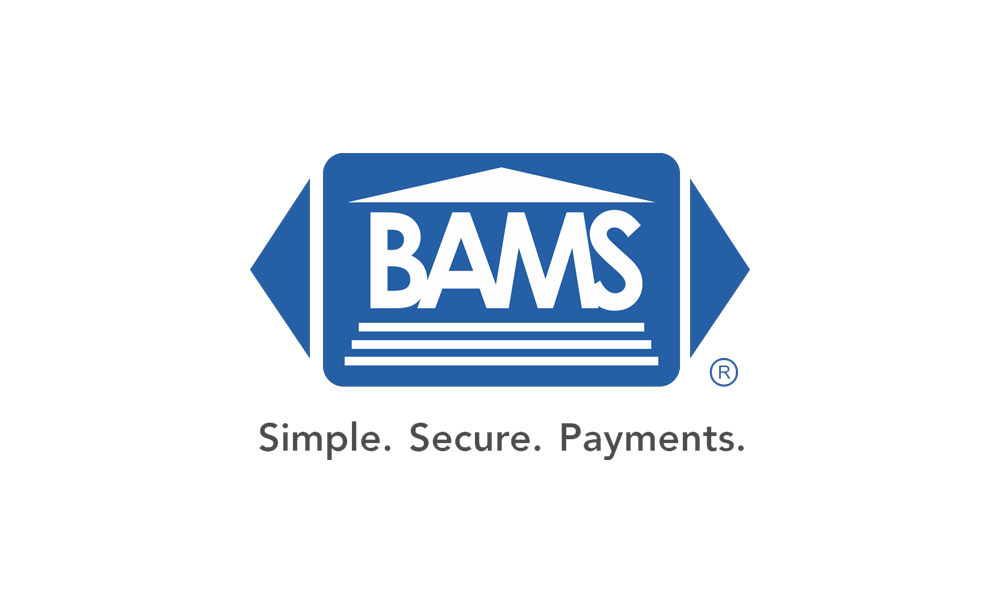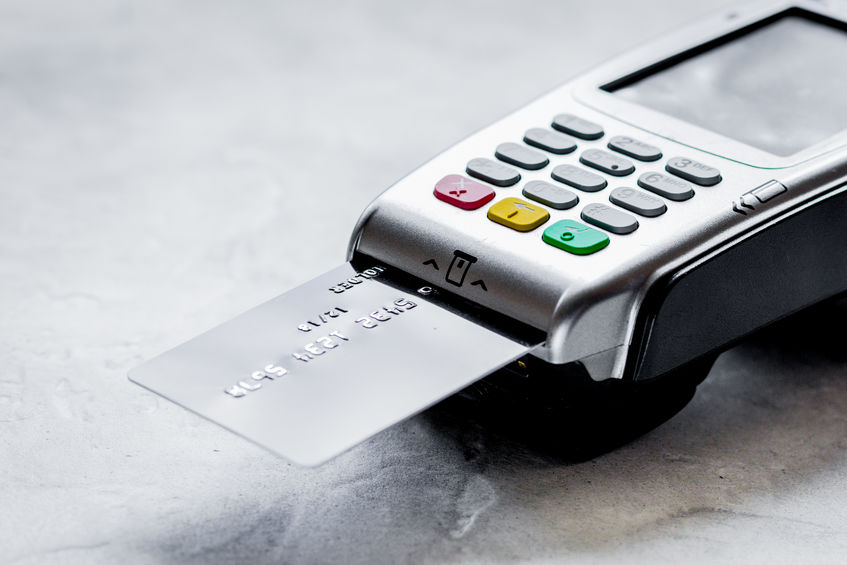E-commerce Fraud Prevention Tips – 5 Ways to Reduce Your Exposure to Fraud and Data Theft
Fraud is expensive. Not only does it have the potential to rob your ecommerce store of revenue and inventory, but, if left unchecked, it can also put you in the doghouse with card issuers and payment processors, driving up your fees as well. That makes combating fraud an important part of your online business strategy. Shoring up your web store’s defenses against bad actors might sound like a tech nightmare, but it doesn’t have to be. The following represent five of the most important and effective ways you can defend your business against fraud and cyberattacks, and most can be put to work relatively easily using your existing merchant services and tech stack.
1) Take Your PCI Compliance Seriously
The Payment Card Industry Data Security Standard (PCI-DSS) is a set of standard security protocols laid out by the major card companies that must be met by all businesses accepting their credit cards. The PCI standard is designed specifically to combat credit card fraud and data theft. Failing to meet it puts your customers’ data at risk, increases overall fraud risk, and exposes you to potential fines that can reach as high as $100,000 per month. That makes your PCI compliance a top priority and an important line of defense against fraud, cyberattacks, and crippling liability. There are different levels of PCI compliance required for different types of businesses depending on the nature of operations and the level of risk involved. It’s important to understand what’s expected of your business in order to avoid missing protocols or over-dedicating resources unnecessarily. Your merchant services provider should be able to provide you with guidance on which level you’re responsible for and how best to get compliant, so reaching out to your account rep is a great place to start.
2) Use All the Fraud Prevention Tools Already at Your Disposal
One of the easiest ways to reduce the risk of fraud is to start using the screening and protection tools that you already have available to you. You’d be surprised how many anti-fraud tools are probably included or easily accessible through your merchant account and your payment gateway. For instance, BAMS merchants get access to a full suite of fraud prevention tools, including 3D Secure (Verified by Visa and Mastercard Securecard), access to the Cardholder Dispute Resolution Network through Verifi, and transaction filtering and risk scoring through Signifyd. Your merchant services providers offer these kinds of value-added services because combating fraud benefits everyone involved in payment processing. Unfortunately, many merchants don’t utilize these tools because they don’t even realize they’re available. Once you’ve identified which anti-fraud systems your merchant services already offer, integrating them with your ecommerce site represents an effective yet low-to-no-cost way to reduce your exposure.
3) Look for Ways to Shift Fraud Risk
One way you can reduce your store’s exposure to fraud is to shift the risk to someone else in your payment processing chain. For instance, storing your customers’ sensitive payment data to enable recurring transactions represents a major risk, and requires some serious security as a result. But many of the top payment gateways offer services that store that customer data on the service provider’s servers instead of yours. That shifts the risk from you to them, ensuring you aren’t liable in the (unlikely) event of a data breach. It also significantly reduces the complexity of your PCI compliance. Reduced liability, fewer IT headaches, and improved security for your customers make shifting risk an easy decision, even if it does result in a slight bump in your monthly fees.
4) Adopt Digital Wallet Payments
Digital wallets are changing the way consumers shop by turning their smartphones, tablets, and even watches into payment devices. Apple Pay, Google Pay, and Samsung Pay – the three most popular services – allow users to load their credit and debit cards into their apps in digital format. Rather than digging out a card from a physical wallet or keying in payment information over and over, digital wallets allow users to simply tap their phones on contactless payment terminals or make one-click payments online. But along with that tap or click, digital wallet users also have to go through biometric verification, either by holding their thumb over their devices scanner or by performing a quick face scan. That represents no extra effort for the user, but adds an extremely effective layer of security that protects your business by effectively eliminating the potential for unauthorized transactions.
5) Fight Chargebacks Aggressively
Despite the best efforts of everyone involved in payments, fraud is a reality of doing business. Chargeback fraud is one of the most common types, and there’s a good chance your business will eventually fall victim to it if you operate long enough. The good news is that you aren’t powerless, and fighting back quickly and aggressively against all chargebacks is the best way to avoid losing money or inventory to fraudulent disputes. That means knowing when disputes arise, knowing what’s required of you in a response, and getting your defense filed as quickly as possible. BAMS merchants have access to instant email and SMS notifications on all disputes, and BAMS Dispute Assistant Manager brings the entire dispute response process online, boosting speed, accuracy, and convenience.
As part of their account services, BAMS merchants have access to a wide variety of fraud prevention tools, as well as expert guidance on the ins and outs of PCI compliance. All that is in addition to the guaranteed low pricing BAMS merchants enjoy thanks to our industry-leading interchange-plus pricing model. To find out more about how BAMS can help you fight fraud and save money, get started with a custom five-point price comparison today.




